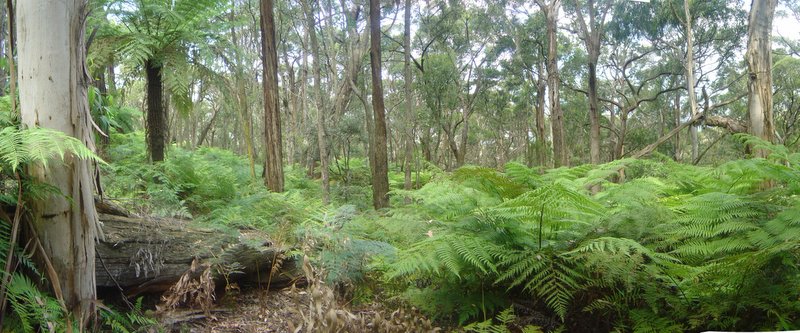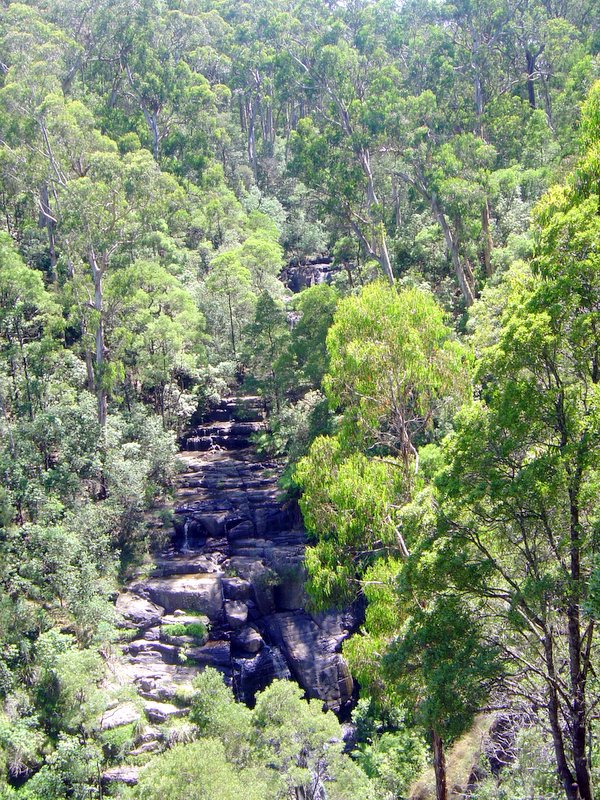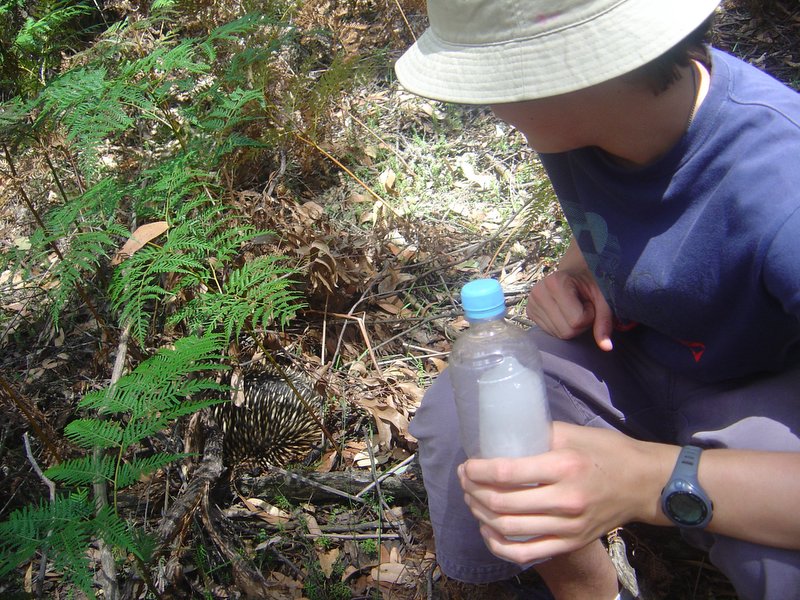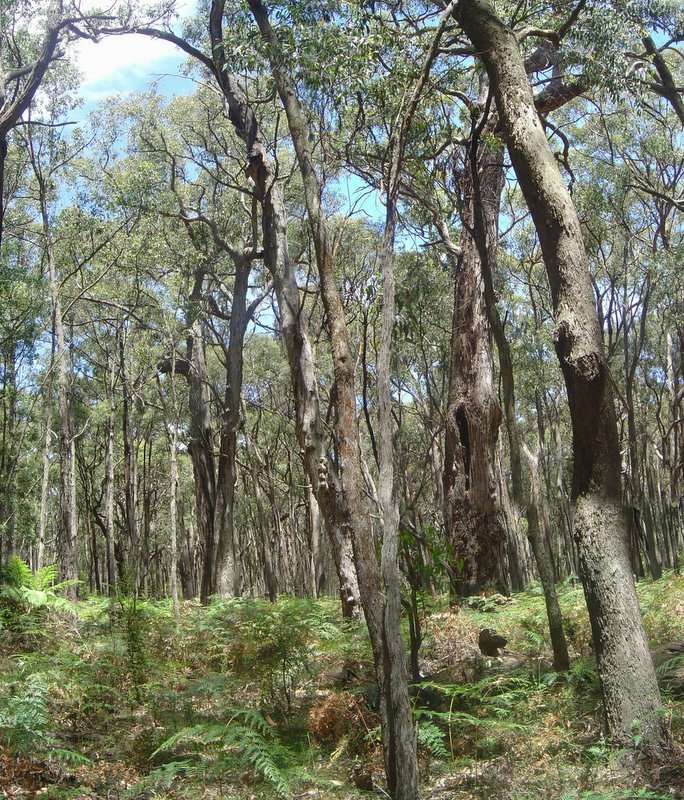How to get there?
There are three main routes. I drove there via the Heidelberg - St. Andrews Road from St. Andrews. It’s a slow route because the road is windy and rather narrow, but it gives you time to admire the scenery.
The park consists of four separate blocks of forest that are physically separated from each other by freehold land (mostly pastoral and residential holdings). These are the Sugarloaf block to the west, the Everard Block to the south-east, the Wombelano Block to the north, and Wallaby Creek Designated Water Supply Catchment area to the far west.
The basal rocks of the Kinglake area are sedimentary mudstone and sandstone that formed on the bed of an ancient sea. Around 440 million years ago, the Kinglake area lay under a shallow sea in the “Melbourne trough”. At this time the only animal life consisted of marine creatures such as trilobites, echinoderms, sea sponges and graptolites. Primitive land plants had only just evolved.
The very warm, wet climate meant that there was massive erosion of mud and sand from surrounding areas into the Melbourne trough, trapping many of these marine animals which now appear as fossils in the mudstone. This process continued for about 50 million years resulting in a layer of mudstone over 1000 metres thick, 45 metres of which is exposed at Masons Falls which are pictured below.
Kinglake National Park has three main types of vegetation, although there are many variations of these main vegetation communities. The plateau supports tall, wet eucalypt forests. The eroded ridges support dry eucalypt woodland. Between the ridges in the deep gullies are found lush ferns and mosses along with a host of wet gully plants. Aspect, soil types and climatic variations determine these different vegetation types in the park.
The open forest on the plateau country is dominated by Narrow-leaved Peppermint and Messmate Stringybark. It has layr of mostly shrubs such as Common Heath, Hop Goodenia and many different types of native peas. Hazel Pomaderris, Wonga Vine and Forest Clematis occur in some wet gullies.
In the gullies, Mountain Grey Gum and Manna Gum are the main trees, but in some sheltered sites in the east, pockets of Mountain Ash are found. The understorey typically includes Blackwood, Silver Wattle, Hazel Pomaderris, Blanket-leaf, Musk Daisy-bush, with a dense understorey of treeferns - Soft Treefern is found in the base of the gully while Rough Treefern occurs a little higher up.
In some gullies where drainage is impeded, Swamp Gums form an open forest. The understorey here is often dense. A small pocket of this vegetation type occurs on the other side of the road from Island Creek Picnic Area. These plants require ricer soils and the wash of water from higher areas generally sweeps down richer sediments and nutrients.
The vegetation types conserved in Kinglake National Park are typical of those that once occurred over much of the foothills and southern slopes of the Great Divide in Central Victoria. Of course these were cleared by squaters and pastoralists long ago.
There are said to be 36 native species have been recorded in the park. They include the Eastern Grey Kangaroo, Swamp Wallaby, Brush-tailed Possum, Common Ring-tailed Possum, Feathertail Glider, Sugar Glider, Greater Glider, Yellow-bellied Glider, Common Wombat, Long-nosed Bandicoot, Brown Antechinus, Dusky Antechinus, White-footed Dunnart, Swamp Rat, Water Rat, Short-beaked Echidna, Platypus, and a number of bats. Several hundred koalas were reintroduced into the park in the 1970s after having been almost totally wiped out during bushfires in 1926 and 1939.
There are also said to be introduced species such as feral cats, pigs, black rats and common house mice. I saw a wombat and an echidna and various parakeets on the day I visited .
Pic 1 Matt Checking out tree

Pic 2 Bush panorama

Pic 3 Hiking through the bush

Pic 4 Daniel with echidna

Pic 5 Thin woodland

No comments:
Post a Comment